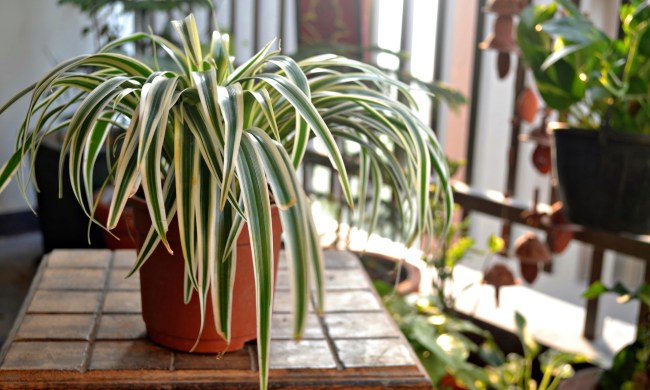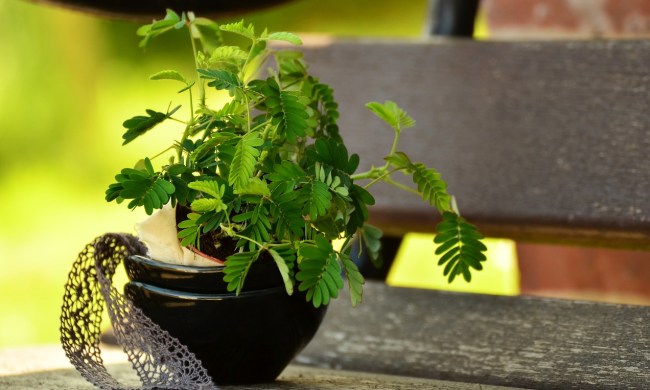When your houseplant leaves turn brown, it can often feel like there isn’t much hope left for the plant. Your thoughts might immediately turn to the worst-case scenario, and you may already be planning to say goodbye to your favorite green buddy. However, there are many things that can cause brown tips on plants, and most of them are treatable!
Identifying the cause of your plant leaves turning brown is key to determining how to treat them, but the source of the problem may not be immediately apparent. This guide will walk you through what the potential problems may be, how to fix them, and how to prevent future problems, so you can enjoy your favorite houseplants without worry.
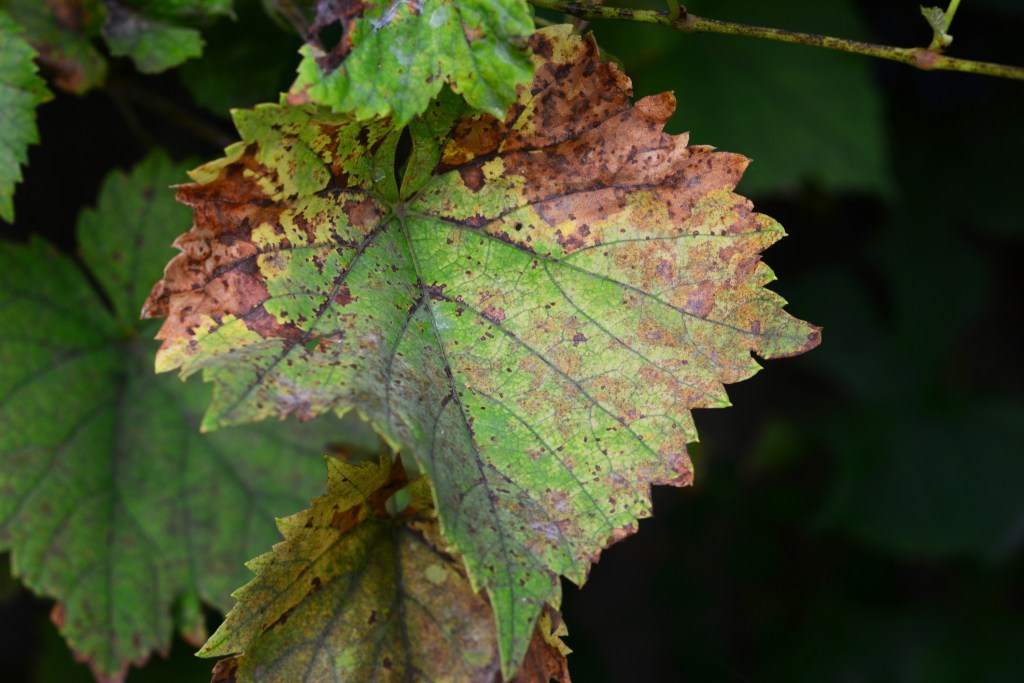
Why are your houseplant’s leaves turning brown?
First, you’ll need to identify why your plant's leaves are browning before you know which problem needs to be solved. There are many reasons why this happens, including transplant shock, inconsistent watering, the wrong type of lighting, pests, moving the plant, temperature shock, and even natural causes like age.
Each of these problems can present in different ways. In order to better identify what’s making your plant unhappy, you’ll want to pay attention to the browning pattern of the leaves.
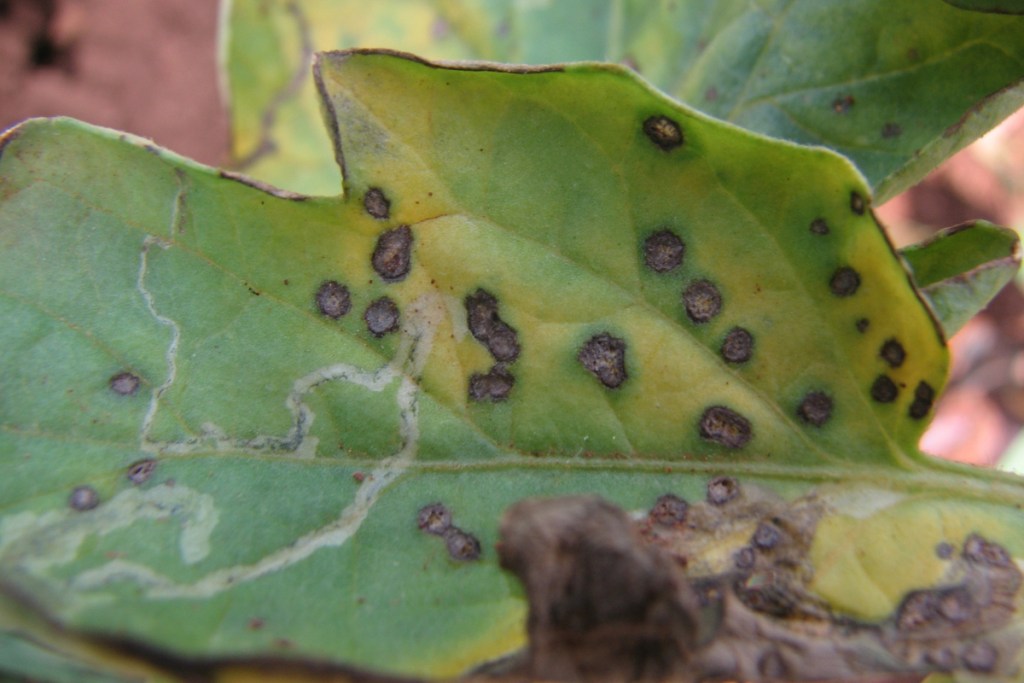
The leaf has brown spots
Brown spots on leaves can occur anywhere, not just on the edges or the middle. They’re often caused by some form of disease or pest infestation. These patches can begin as small circles and will grow over time. If left unchecked, the spots could consume the entire leaf.
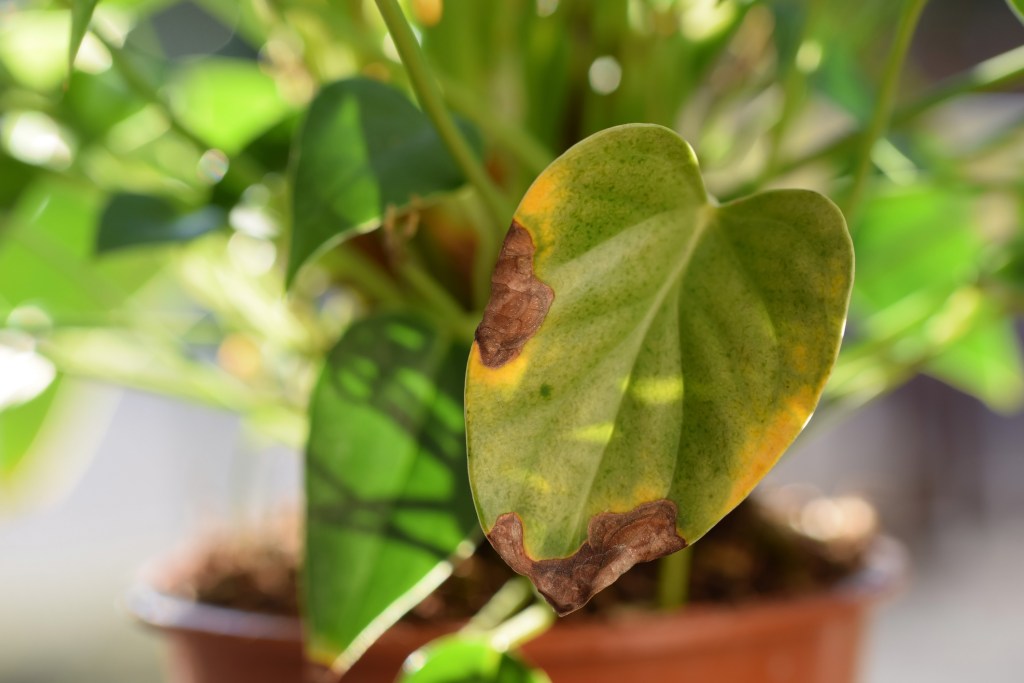
The tip of the leaf is brown
In this situation, you’ll notice the tips getting darker and drying out, possibly even falling off when you touch them. This is one of the most common problems indoor plants can have, so if this is happening to yours, you aren’t alone!
Often, browning tips are an indicator of inconsistent watering. Water is taken up through the roots of the plant, eventually reaching the tips of the leaves. When there isn’t enough water supplied to the leaves, the tips will start to turn brown and dry out.
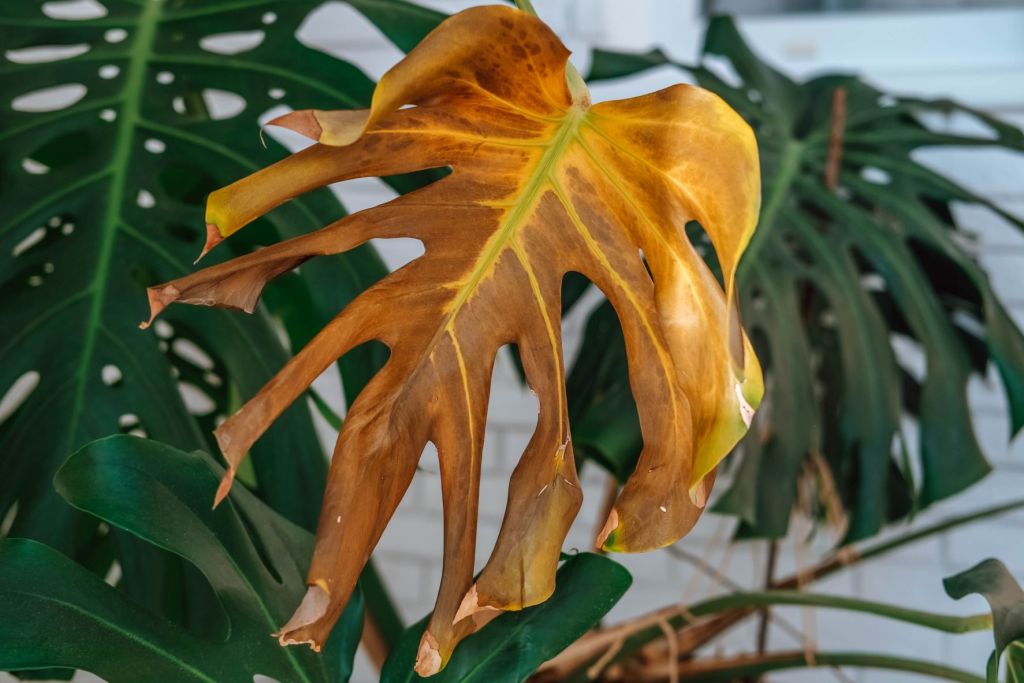
The whole leaf is brown
Occasionally, you’ll notice the entire leaves of one of your indoor plants turning yellow and then drying to a brown color before falling off. This is often not a problem related to care, but one related to the age of the leaf or the plant. A whole leaf turning brown is more common with lower leaves on the plant, as those are generally the oldest; however, it can happen anywhere on the plant.
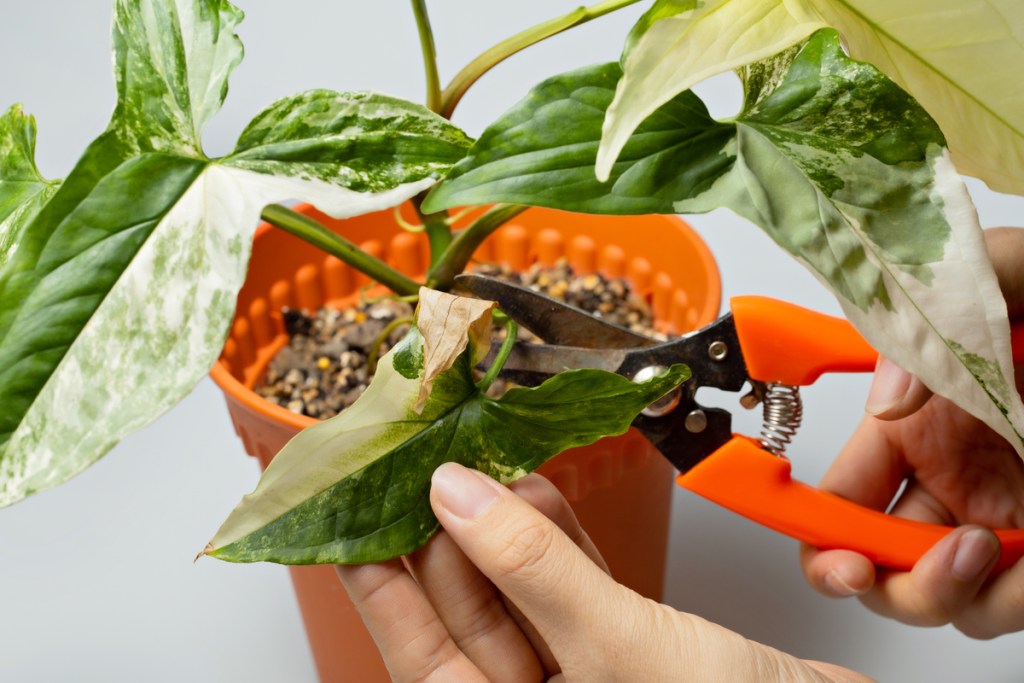
How to care for plants with browning leaves
Because browning leaves are usually caused by improper care, pests, or natural aging, the next steps you take will be dependent on the issue you’re trying to resolve. Be sure to research the natural or needed environmental conditions of every plant you bring into your home. Not all plants are the same, and you’ll see that some issues are resolved simply by moving the plant from an east-facing window to a south-facing window.
The most important thing you’ll do, regardless of the cause, is to remove the brown leaves. Once they’ve turned brown, they can’t be saved. By trimming them off, you’re allowing the plant to divert the energy it was spending on the dead or dying leaves to fresh leaves and new growth.
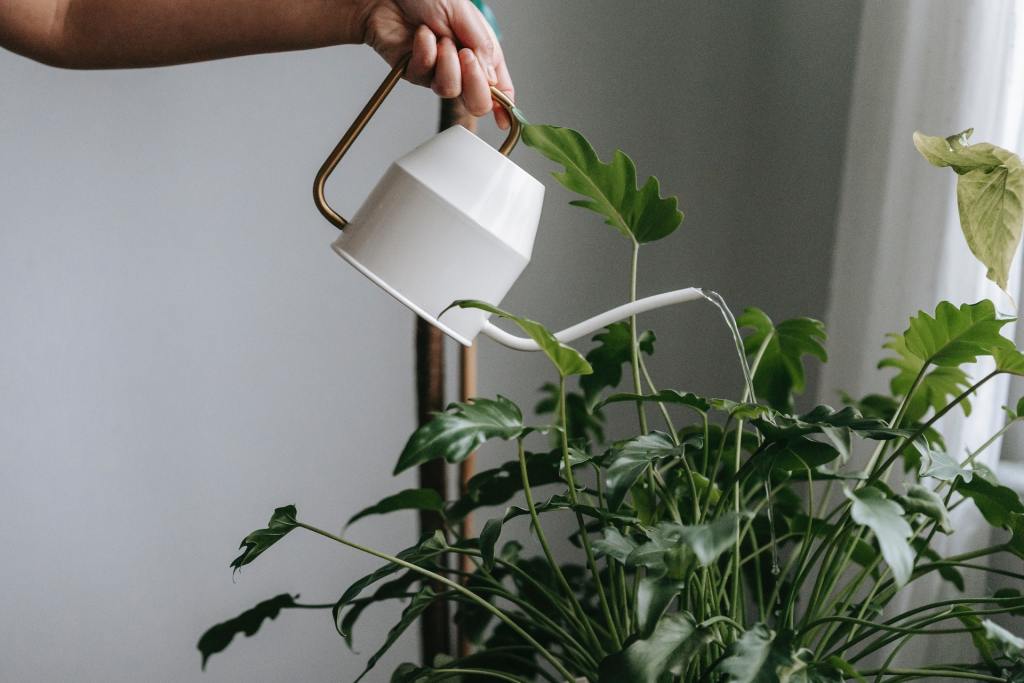
How to treat brown leaves due to overwatering
The best way to combat any plant damage caused by overwatering or underwatering is to research the amount each individual plant needs to be watered and follow that care as close as possible.
Step 1: Research how much water your plant needs and abide by that instead of having a set day of the week that you water.
Every plant is different, which is why having a set day where you water all your plants (although good in concept) can end up depriving a plant of what it actually needs.
Step 2: Check the moisture level in the soil with your index finger or use a moisture-reading tool before watering.
In colder months, you won’t need to water as often as warmer months, so checking the soil is a good indicator of when your plant is ready for another drink.
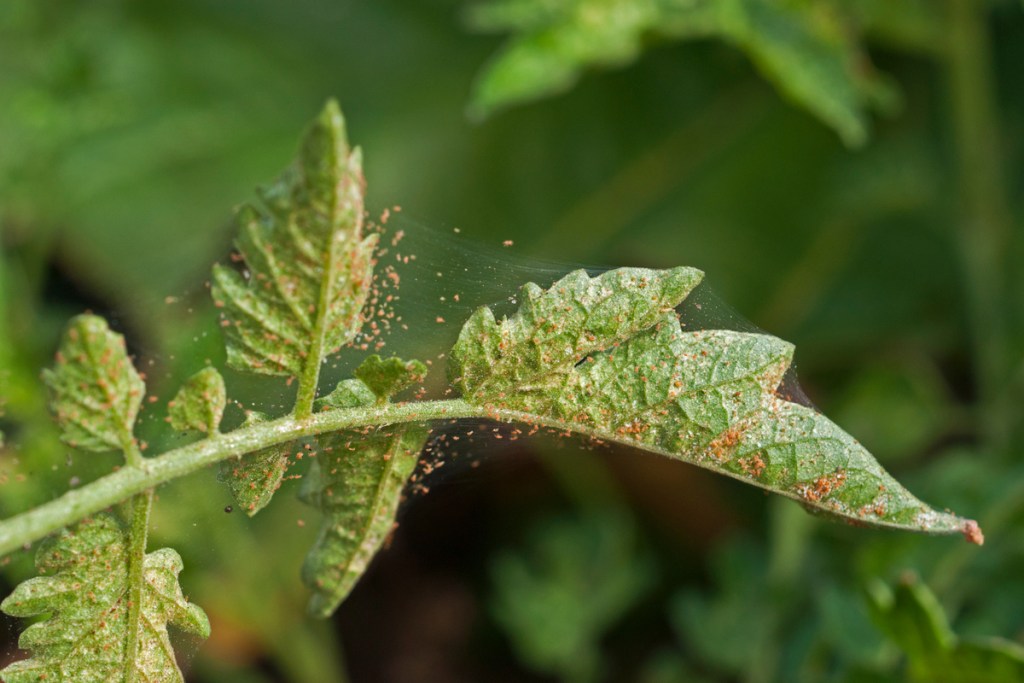
How to treat brown leaves caused by pests and disease
Some types of pests and diseases are common sources of browning leaves.
Step 1: One of the most important things you can do is continuously check your plants and treat them as soon as you see something is wrong.
Just because they’re houseplants doesn’t mean they won’t suffer from a pest infestation. Some pests that can cause issues with your indoor plants include spider mites, mealybugs, and aphids.
Step 2: If you notice a pest infestation, treat with fungicide and/or insecticidal soap.
Step 3: Quarantine the affected plant to keep the pests from spreading to your other plants.

How to treat browning leaves due to old age
As far as aging plants go, there isn’t really any way to fix or prevent that natural process from happening. The only thing you can do is use sterilized scissors or pruning shears to remove the dead leaves and continue to provide your plant with the proper care so that it can provide energy to the living leaves.
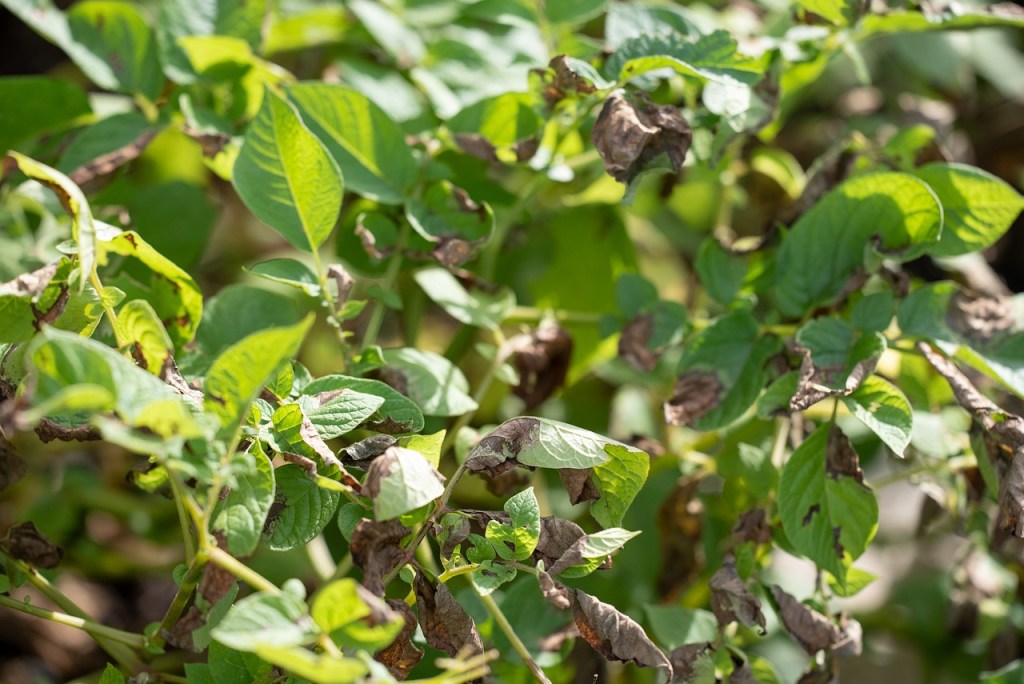
How to treat brown patches caused by sunburn
Just like people, plants can get sunburned. This can happen when a plant is left in direct sunlight for too long or when sunlight bounces off of or refracts through nearby glass, strengthening it's intensity. Although sunburn is most common in shade-loving plants, even plants that prefer bright sunlight can be exposed to too much of it.
Sunburns can occur in any part of the leaf, but are still relatively easy to identify. Look to see where the sunlight is hitting the leaf during the time of day when it has the most direct sun. Depending on which direction your window is facing, this could be morning, noon, or afternoon. If the brown patch lines up with where the sun is touching, you may be dealing with a sunburn.
Preventing and treating sunburns in plants is simple. Here's what to do:
Step 1: Move your plant out of direct sunlight.
Step 2: Add a light curtain to diffuse the sunlight.
Step 3: Move or remove any glass objects nearby that are reflecting sunlight, especially if they contain water.
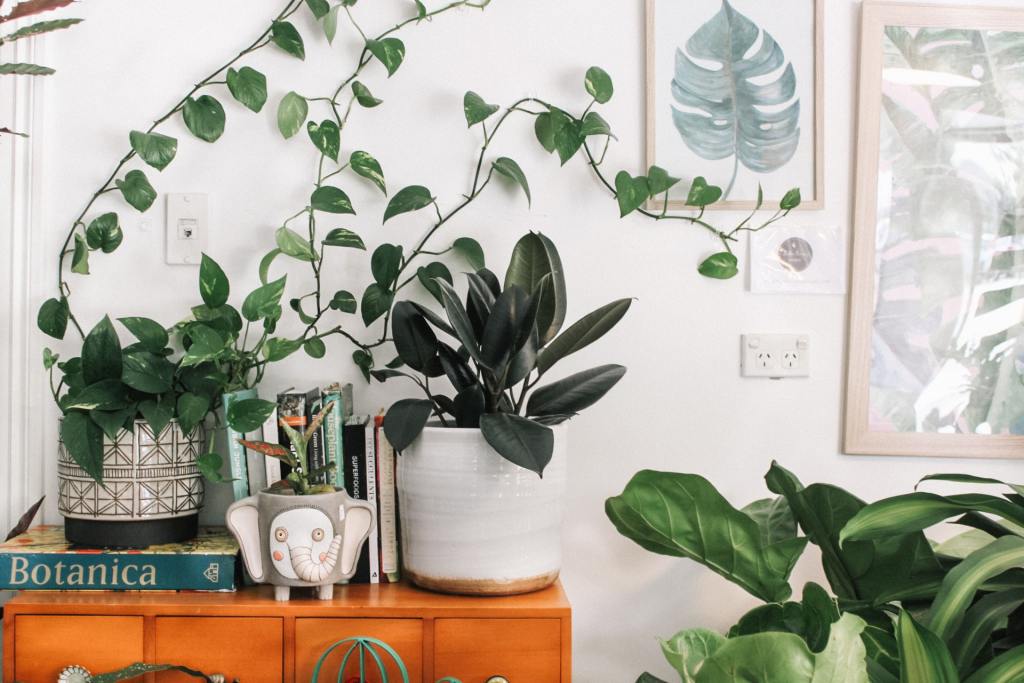
How to treat browning leaves due to low humidity
Many indoor plants are tropical plants that originally lived in humid jungles beneath towering trees. Even at nurseries and garden centers, they receive humidity from residing in enclosed greenhouses or being next to lots of other plants. When you bring them into your home, they may undergo an adjustment period, so some leaves may turn brown. Here's how to combat humidity issues.
Step 1: Invest in a hygrometer. A hygrometer is a helpful tool that can tell you your home's humidity, so you can determine whether or not you need to up your plant's humidity levels. Most plants enjoy humidity levels of around 50 to 60 percent.
Step 2: Place your plant on a shallow pebble tray with water. This will allow it to enjoy humidity from the tray.
Step 3: Consider using a humidifier. If you live in a particularly dry home, it can be beneficial to buy a humidifier for your plant — just be sure to consistently clean it out.
Step 4: Place your plant next to other plants — clustering plants together can increase the overall humidity of your space.
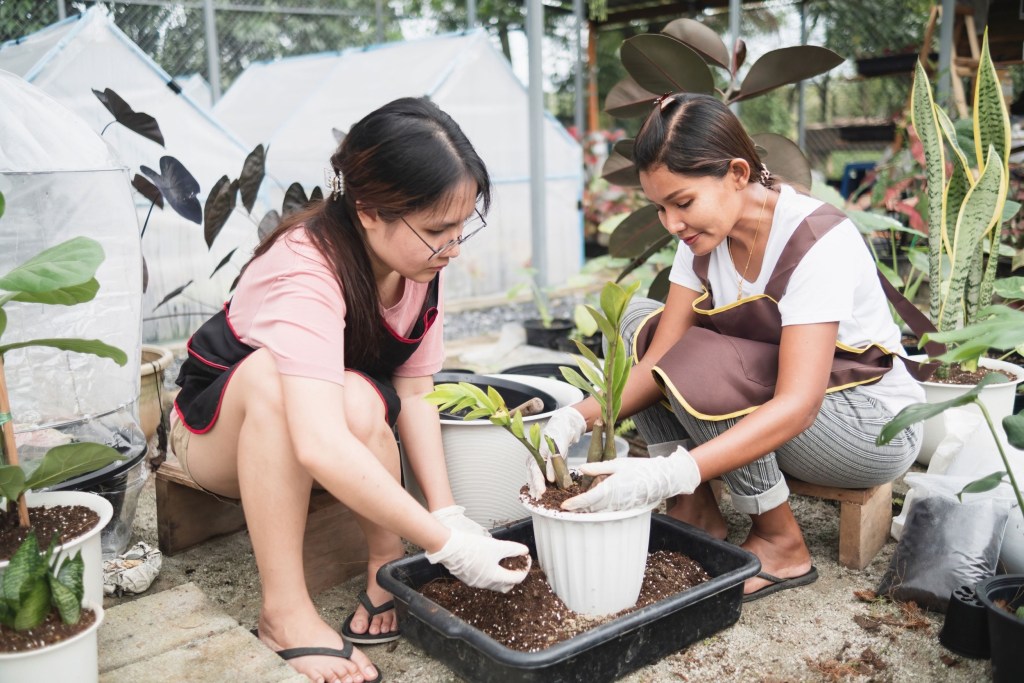
Preventative measures to help your plant
While you can't prevent every leaf from turning brown, there are some simple steps you can take to be prepared in case the leaves are going brown from aging.
Step 1: Keep some insecticidal soap or fungicide on hand so you’ll be prepared if a pest issue arises.
Step 2: Properly fertilize your plant to help provide it with proper nutrients.
Step 3: The best preventative measures you can take are research and proper care.
Researching each plant you have to make sure you know how much water and light it needs will be key for aiding in the longevity of your plants.
The next time you see a brown spot on your plant or a patch of wilting leaves, don’t despair; simply reach for this guide and, using our tips above, diagnose the problem for the betterment of your indoor garden and your home.

